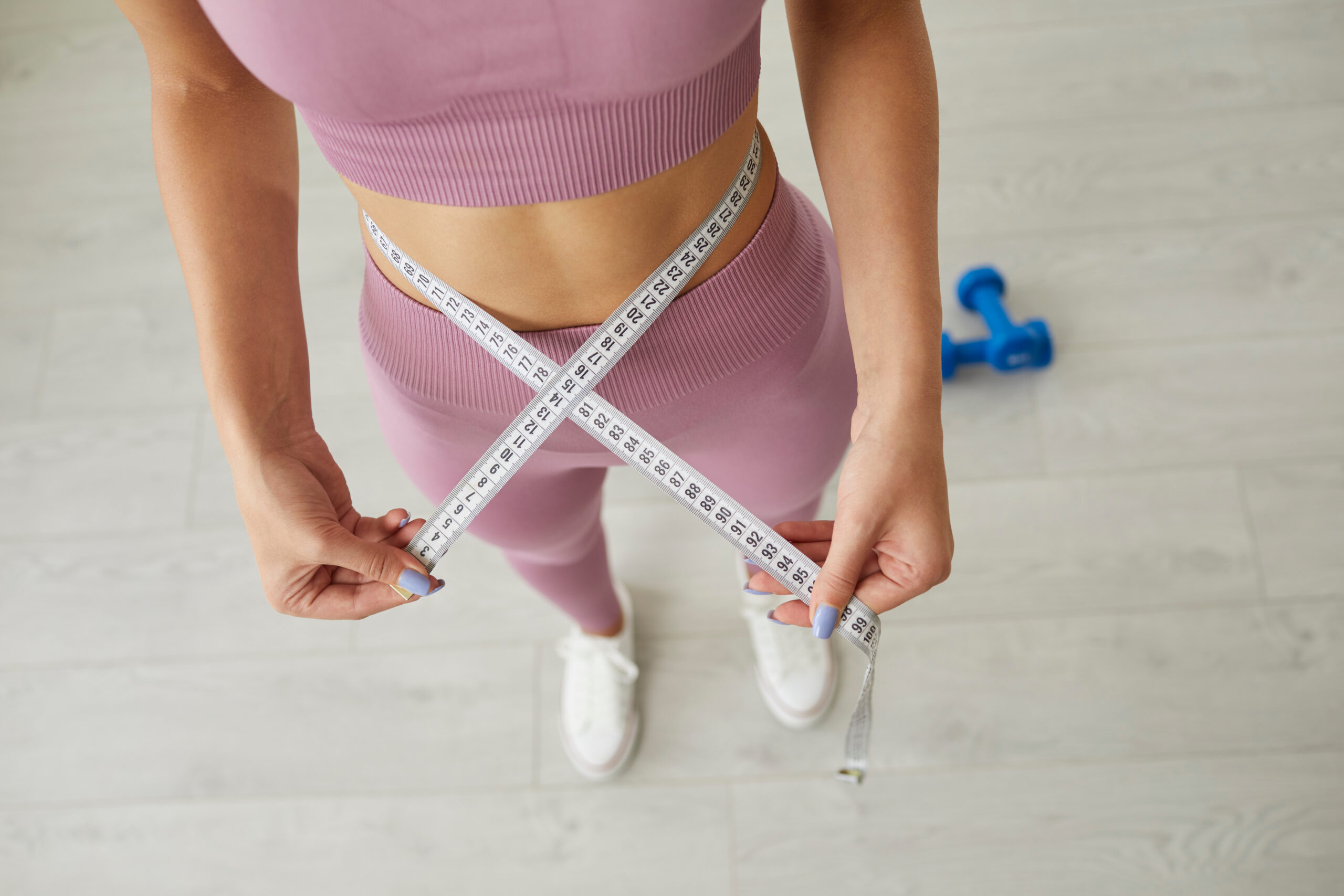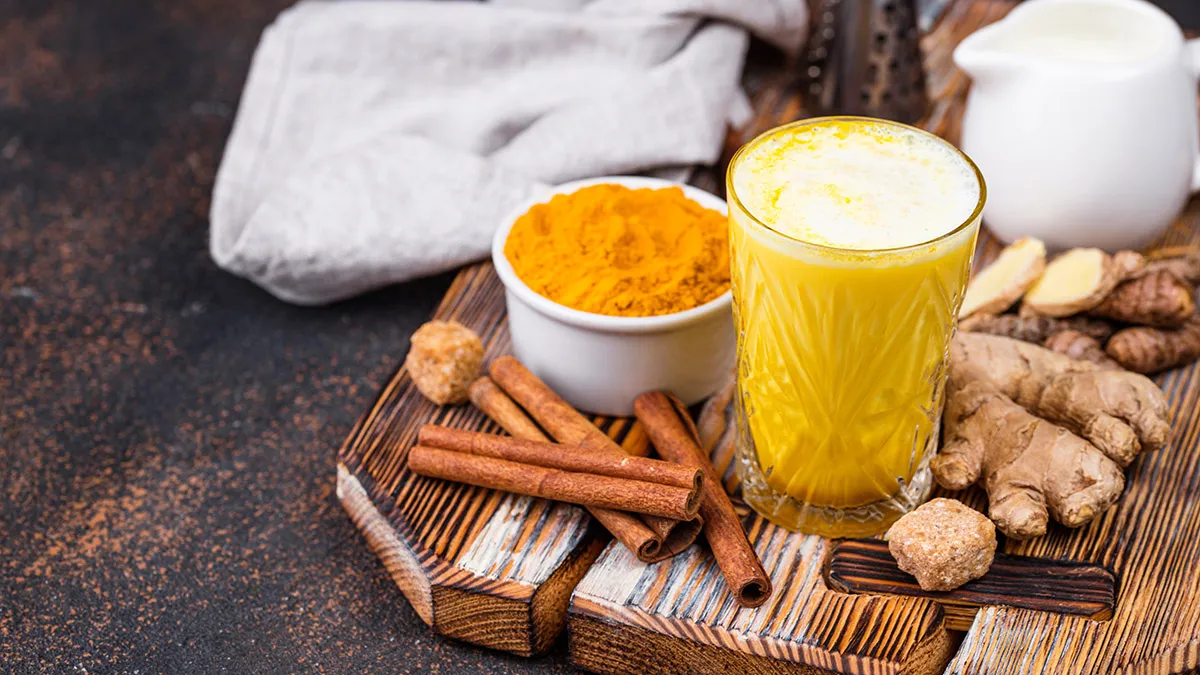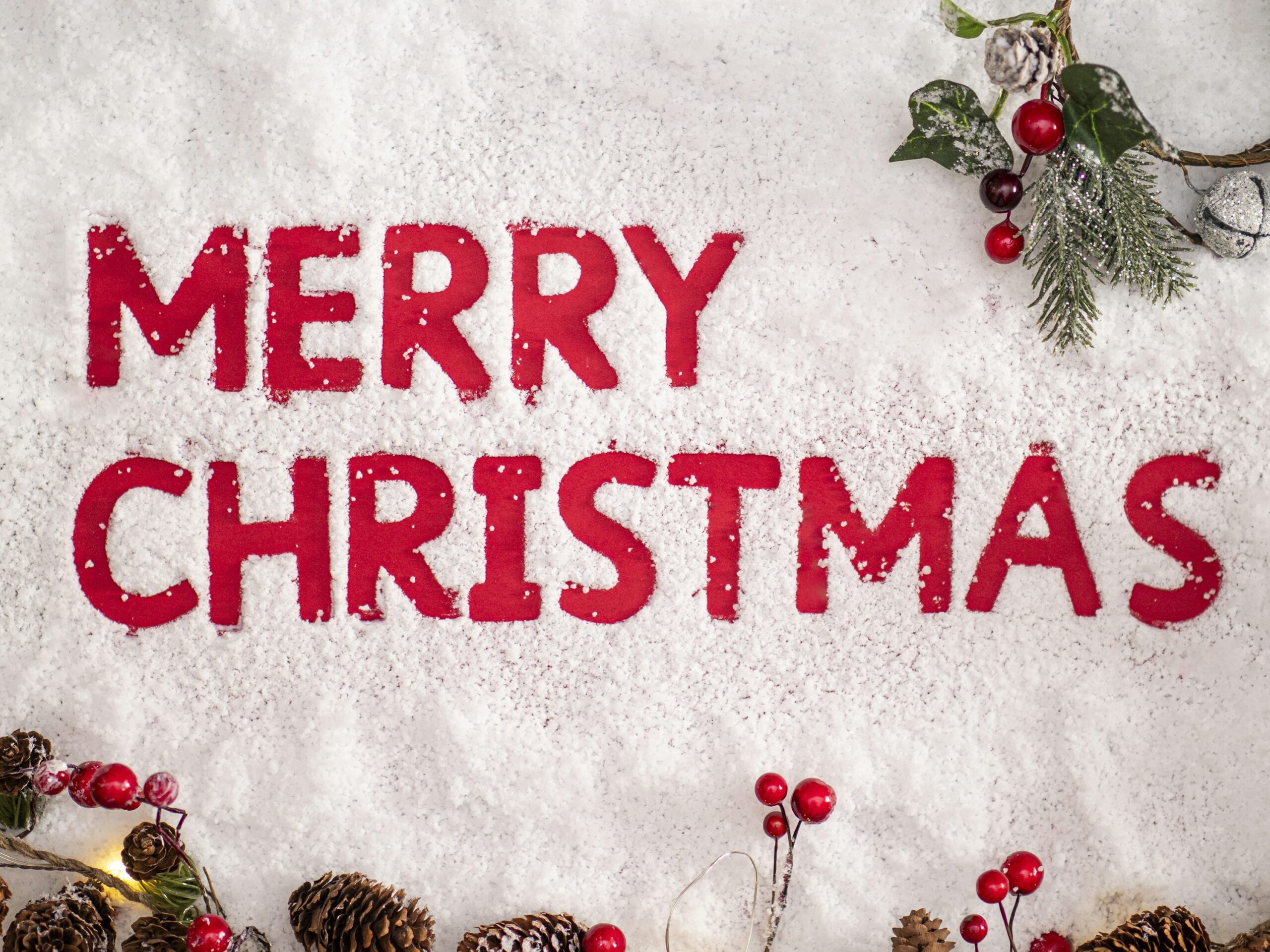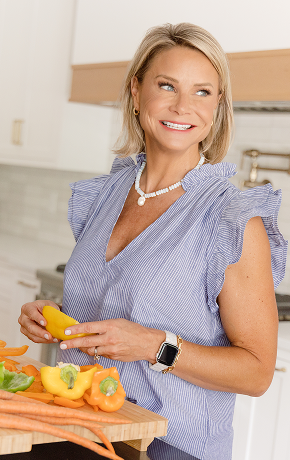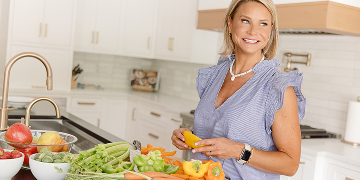If you’ve been trying to shrink belly fat but your day still starts with a granola bar and coffee, let me be the one to kindly call you out: that’s your problem.
Losing belly fat isn’t about eating less food. It’s about eating the right kinds of food. Two nutrients, specifically, need to be on your plate every meal if you want to burn fat, keep your energy stable, and stop the constant snacks that are keeping the scale from budging.
The two power players?
- Protein
- Fiber
They may not sound glamorous, but when they work together, your body chemistry changes in ways that make fat loss way easier. Let’s break it down science-teacher style so you can see what’s happening inside your body when these two foods reign.
Why Belly Fat is So Damn Stubborn
Not all fat is created equal. Belly fat—especially the kind that sits deep around your organs (called visceral fat)—is more metabolically active. That means it pumps out hormones and inflammatory chemicals that affect your metabolism, blood sugar, and even your hunger signals.
This is bad news for your weight loss goals. And here’s a bit of worse news: Your body is wired to protect that fat. It’s like your body’s emergency savings account—your body would rather burn from your cehcking (muscle and quick energy stores) than touch that “savings.”
So, if you just cut calories, your body doesn’t automatically pull from belly fat. In fact, it may slow your metabolism and make you hungrier to preserve that fat.
The only way to hack the system is to change the chemical signals your body gets from food. When you eat protein and fiber:
- Protein tells your body, “Hey, we’ve got the building blocks to protect muscle—no need to burn it.”
- Fiber tells your body, “Listen, we’ve got steady energy coming in—no need to store excess as fat.”
Those two messages shift how your metabolism works. In stead of clinging to belly fat, your body feels “safe” enough to start using it as fuel.
Protein: Your Muscle Protector and Metabolism Booster
Protein is like the bricks that build and repair your body. Every muscle fiber, hormone, and enzyme depends on it.
When you eat protein, three major things happen:
- You stay fuller longer. Protein takes time to break down, sending satiety signals to your brain.
- You protect lean muscle. Muscle is like your body’s calorie-burning engine. The more you have, the higher your metabolism—even at rest.
- You burn more calories digesting it. Protein has a “thermic effect.” That means your body spends more energy breaking it down compared to carbs or fat.
Without enough protein, your body will start to break down muscle instead of fat. That makes belly fat even harder to lose.
Fiber: Your Blood Sugar Bodyguard
Fiber is the safeguard of your digestive system. It slows down how quickly food leaves your stomach, keeps blood sugar from spiking, and feeds the good bacteria in your gut.
When you eat fiber, three major things happen:
- You stabilize energy. No sugar highs and crashes that lead to cravings.
- You tame hunger hormones. Fiber stretches your stomach, telling your brain, “We’re all good. No snacks needed here.”
- You strengthen gut health. A healthy gut microbiome helps minimize fat storage and inflammation.
Skip fiber, and your blood sugar gets whacky—a spike, crash, snack, repeat. Then, that extra sugar gets stored (you guessed it) as belly fat.
Protein + Fiber = Your Belly Fat Burning Dream Team
This is where the magic happens. When protein and fiber show up in the same meal, they amplify each other’s effects.
Protein keeps you satisfied for hours. Fiber keps digestion steady and blood sugar stable. Together, they conquer cravings and promote visceral fat loss. You’ll notice overeating isn’t a constant struggle, and you’ll burn more fat all day long.
What’s Tripping You Up (Your probably not getting enough)
Most people think they’re eating plenty of protein and fiber. In reality:
- The average American consumes plenty of carbs and fat but only about half of the minimum grams of fiber per day.
- The first meal of the day is usually the biggest miss. Coffee with toast or cereal with milk contains almost zero protein and fiber.
So, if you’ve been frustrated that your “healthy eating” isn’t shrinking your waistline, this could be the missing piece.
Your Goal: How Much Do You Actually Need?
Let’s put some numbers on these ideas. Your daily goal should look like this:
- Protein: Aim for 30 grams at each meal. That’s about a palm-sized portion of meat, fish, or tofu or a cup of Greek yogurt.
- Fiber: Aim for 7-10 grams at each meal. That’s 1-2 cups of veggies, beans, or high-fiber fruits like berries and pears, or 2 tbsp of chia seeds.
Once you hit those targets three times a day, you’ll be in the ballpark of the daily recommendations for both protein and fiber. And more importantly, you’ll feel the difference in your energy, hunger, cravings, and waistline.
The Visual: Portions on Your Plate
Now that we’ve covered the science, let’s take a practical look at your plate. Here’s how to build meals around protein and fiber for maximum fat loss.
👉 Breakfast Ideas: Instead of coffee and a granola bar, try:
- Greek yogurt, berries, and chia seeds
- Scrambled eggs with greens and mushrooms
- A protein smoothie with whey protein, frozen blueberries, and flax seeds
👉 Lunch Ideas: Instead of a deli sandwich on white bread with chips, try:
- Grilled chicken with a lentil and arugula salad
- Tuna salad with avocado, Dave’s bread, and mixed greens
- Shrimp stir-fry with broccoli, snap peas, and edamame
👉 Dinner Ideas: Instead of pasta in a cream sauce, try:
- Salmon and roasted brussels sprouts with quinoa
- Turkey chili with beans, peppers, and onions
- Chicken tray bake with zucchini and sweet potatoes
👉 Snack Ideas: Instead of crackers, cookies, or pretzels, try:
- Apple slices with almond butter
- Hummus with sliced veggies
- Cottage cheese with Ellas Flats
A Sample One-Day Menu
Here’s how a full day could look:
- Breakfast: Plain Greek yogurt (I love the Oikos brand) with blueberries, raspberries, and 2 tbsp chia seeds (that’s roughly 30g protein and 12g fiber)
- Lunch: Grilled chicken breast with lentil and veggie salad (that’s roughly 35g protein and 12g fiber)
- Snack: Cottage cheese with sliced pear and cinnamon (that’s about 20g protein and 6g fiber)
- Dinner: Baked salmon with roasted brussels sprouts andd quinoa (that’s about 40g protein and 9g fiber)
With this menu, you’ll hit over 120 grams of protein and over 35 grams of fiber! This is the simple, sustainable way to outsmart belly fat.
Your “Work Smarter Not Harder” Weight Loss Solution
Losing belly fat doesn’t require detox teas or cardio for hours. To drop belly fat, you need to send your body the right signals with food.
Protein and fiber send those safety signals, telling your metabolism, “I’d like you to burn fat, protect muscle, and keep my energy steady, please.” These two foods keep you full, crush cravings, and make fat loss sustainable instead of miserable.
That’s the foundation. That’s the shortcut. That’s the science.
You know it deep down—you don’t need another random diet. You need a system that shows you exactly how to fuel fat loss—without restriction, confusion, or guesswork.
That’s exactly what I teach in LEAN, my step-by-step program where I walk you through how to balance your meals, train your metabolism, and finally see the results you’ve been working for.
Ready to lose belly fat the right way? Join us inside LEAN. Let’s get there together.
